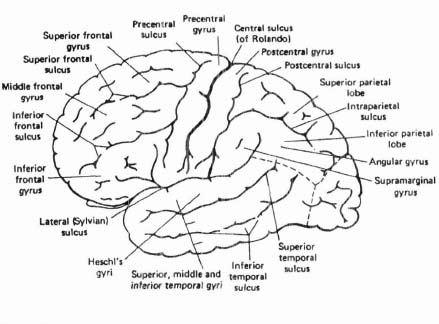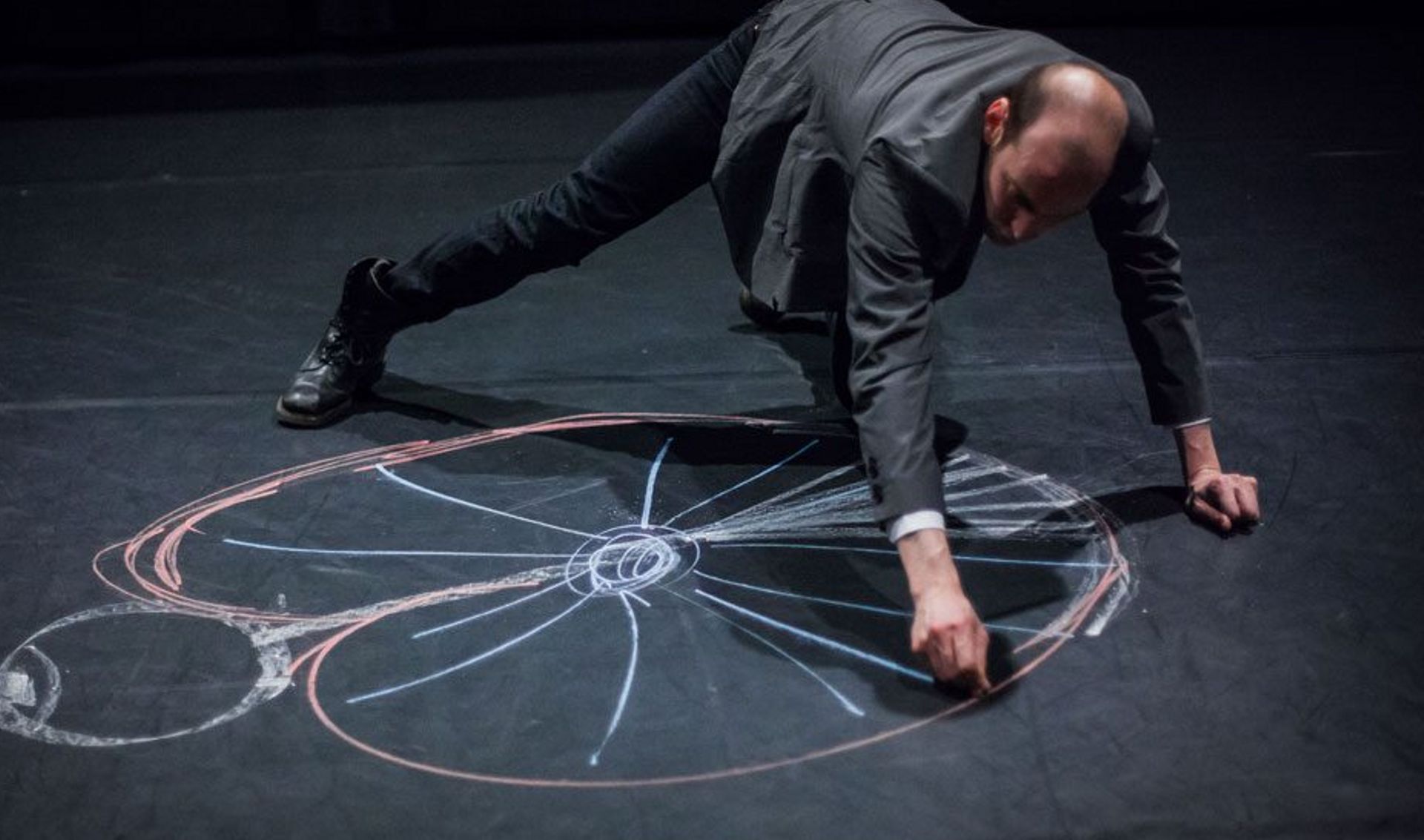
Even with aggressive standard rehabilitation, more than 40% of patients experience chronic upper limb hemiparesis ( Cramer et al., 1997). Stroke is the leading cause of long-term disability in the United States ( American Heart Association, 2021).
#Cerebrum dispersio midi trial
taVNS administered during premotor planning of movement may play a role in improving coordinated activation of the agonist-antagonist upper arm muscle groups by mitigating spasticity and increasing motor control following stroke.Ĭlinical Trial Registration: identifier (NCT03592745). Thus, robot training improved the motor capacity of both groups, and taVNS, decreased spasticity. The EMG results also demonstrated significantly increased variance for the bicep peak sEMG amplitude during extension for the active taVNS group compared to the sham group at discharge (active = 26.29% MVC ± 3.89, sham = 10.63% MVC ± 3.10, mean absolute change admission to discharge, p < 0.01), and at 3-month follow-up, the bicep peak sEMG amplitude was significantly reduced in the active taVNS group ( P < 0.05). Compared to the sham group, the active taVNS group showed a significant reduction in spasticity of the wrist and hand at discharge (Modified Tardieu Scale taVNS = –8.94% vs. Significant motor improvements were measured for both the active and sham taVNS groups, and these improvements were robust at 3 month follow-up. Clinical assessments and surface electromyography (sEMG) measures of the biceps and triceps brachii were collected during separate test sessions. taVNS was triggered by the onset of a visual cue prior to center-out arm extension movements. Thirty-six patients with chronic, moderate-severe upper limb hemiparesis (>6 months mean Upper Extremity Fugl-Meyer score = 25 ± 2, range 13–48), were randomized to receive 9 sessions (1 h in length, 3x/week for 3 weeks) of active ( N = 18) or sham ( N = 18) taVNS (500 ms bursts, frequency 30 Hz, pulse width 0.3 ms, max intensity 5 mA, ∼250 stimulated movements per session) delivered during robotic training. There is much discussion about the optimal approach for combining VNS and physical therapy, as such we sought to determine whether taVNS administered during robotic training, specifically delivered during the premotor planning stage for arm extension movements, would confer additional motor improvement in patients with chronic stroke. Transcutaneous auricular VNS (taVNS) offers a non-invasive alternative to implanted VNS and may provide similar therapeutic benefit. Implanted vagus nerve stimulation (VNS) delivered concurrently with upper limb rehabilitation has been shown to improve arm function after stroke.

1Institute of Molecular Medicine, The Feinstein Institutes for Medical Research, Northwell Health, Manhasset, NY, United States.

Coggins 1, Maira Saul 1, Alexandra Paget-Blanc 3, Malgorzata Straka 2, Jason Wright 2, Timir Datta-Chaudhuri 2, Stavros Zanos 2 and Bruce T.

A key benefit of the model is its simple-to-implement and highly predictive final form, as needed for many real-world applications.Johanna L. Of particular importance, it passes the stringent test of capturing all aspects of the highly nontrivial flows observed in split-bottom cells-a geometry that has resisted modeling efforts for nearly a decade. The size-dependence is captured using a single material parameter, and the resulting model is able to quantitatively describe dense granular flows in an array of different geometries. The microscopic physical basis for this approach borrows from recent principles in soft glassy rheology. The key ingredient of the theory is a grain-size-dependent nonlocal rheology-inspired by efforts for emulsions-in which flow at a point is affected by the local stress as well as the flow in neighboring material. Here we propose a 3D constitutive model for well-developed, dense granular flows aimed at filling this need. Despite their ubiquity, no model has been developed that captures or predicts the complexities of granular flow, posing an obstacle in industrial and geophysical applications. Dense granular materials display a complicated set of flow properties, which differentiate them from ordinary fluids.


 0 kommentar(er)
0 kommentar(er)
